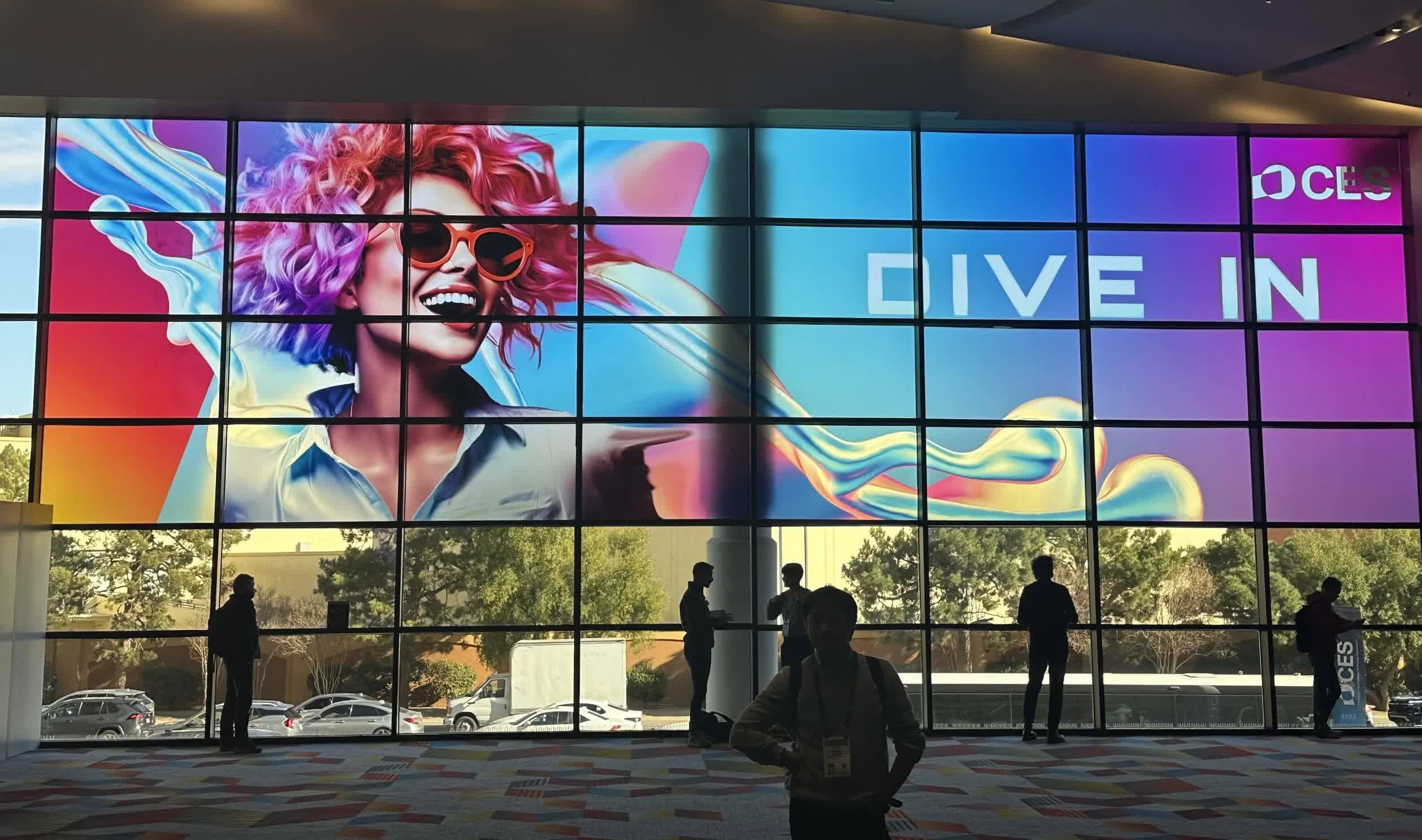2025-01-19 16:05:00
www.techspot.com
The big picture: The global supply chain is evolving in response to trade policies, particularly U.S. tariffs targeting China. While these measures aim to incentivize domestic manufacturing, the practical outcomes tell a different story. Chinese companies, rather than losing market share, have adapted by setting up production facilities in tariff-exempt countries like Thailand, Malaysia, and Vietnam.
At CES 2025, we met a company from Eastern China that sells copper and fiber optic cables for data centers. This is almost a commodity business. There are thousands of companies that can make copper cables, a few dozen that can make fiber optic cables, and probably ten or so that can make both of sufficient quality to be used in leading data centers.
We chatted for a bit. They told us about their products, and we exchanged the latest insights on industry trends. Finally, we asked about price. Their response was, “Which factory do you want the product from?”
Editor’s Note:
Guest author Jonathan Goldberg is the founder of D2D Advisory, a multi-functional consulting firm. Jonathan has developed growth strategies and alliances for companies in the mobile, networking, gaming, and software industries.
It turns out this company has two factories: one in China and the other in Thailand. These plants use identical equipment and produce the same products. The company’s entire catalog is available from either site.
“Why do you have two factories?” we asked. Their response was that the plant in Thailand was built two years ago entirely for U.S. customers. During the last Trump administration, the U.S. government imposed a tariff of roughly 20% on these products when sourced from China. The tariff for products coming from Thailand is 0%. So, after a few years, the company opened a plant in Thailand.
Finally, we asked about price again. “Oh, the prices are the same. Except all the raw materials for the Thai plant come from China, and we have to ship them in, which makes Thai prices a little higher.” Admittedly, Thai prices are not 20% higher than China prices, but close enough.

This trend is occurring across the supply chain. CES was full of companies promoting their factories in Malaysia, the Philippines, Vietnam, and Malaysia again. However, all the owners are Chinese companies. Some have local joint venture partners, but in every case we’ve found, the China-based company is the controlling shareholder, providing all the management, R&D, and sales.
We are happy to have an academic discussion about the benefits and costs of tariffs, but the practical reality on the ground is that all new tariffs may benefit Thai workers, but they will not bring jobs to the U.S. China has spent the past four years preparing for more tariffs, and in this corner of the industry, they seem fully equipped to handle them.

Keep your entertainment at your fingertips with the Amazon Fire TV Stick 4K! Enjoy streaming in 4K Ultra HD with access to top services like Netflix, Prime Video, Disney+, and more. With an easy-to-use interface and voice remote, it’s the ultimate streaming device, now at only $21.99 — that’s 56% off!
With a 4.7/5-star rating from 43,582 reviews and 10K+ bought in the past month, it’s a top choice for home entertainment! Buy Now for $21.99 on Amazon!
Support Techcratic
If you find value in Techcratic’s insights and articles, consider supporting us with Bitcoin. Your support helps me, as a solo operator, continue delivering high-quality content while managing all the technical aspects, from server maintenance to blog writing, future updates, and improvements. Support Innovation! Thank you.
Bitcoin Address:
bc1qlszw7elx2qahjwvaryh0tkgg8y68enw30gpvge
Please verify this address before sending funds.
Bitcoin QR Code
Simply scan the QR code below to support Techcratic.

Please read the Privacy and Security Disclaimer on how Techcratic handles your support.
Disclaimer: As an Amazon Associate, Techcratic may earn from qualifying purchases.


































































































